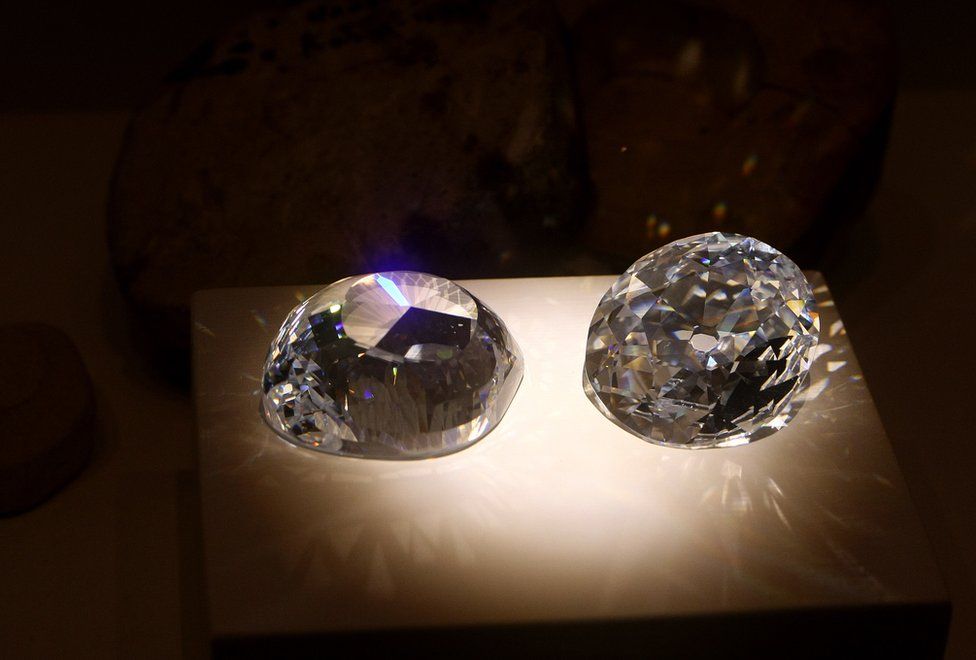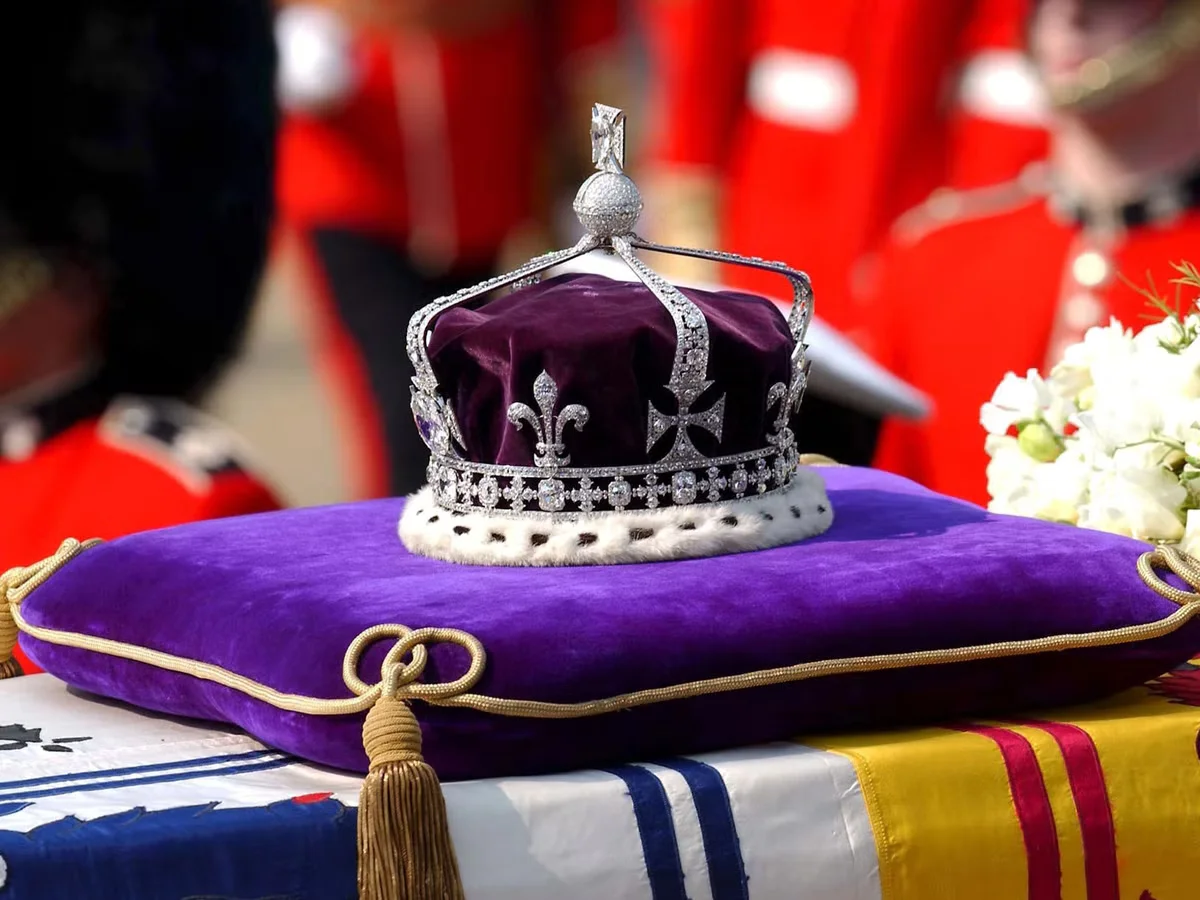The Koh-i-Noor diamond has a long and complex history that spans more than eight centuries. The diamond is believed to have originated in India, possibly in the Kollur mine in the Golconda region, and was first mentioned in writing in 1306, when it was owned by the Rajah of Malwa. Over the years, the diamond passed through the hands of various Indian rulers, including the Mughal emperors, who were known for their love of jewels and precious stones.
In the 16th century, the Koh-i-Noor came into the possession of the Mughal Empire, which ruled over a large portion of India. The diamond was owned by several Mughal emperors, including Shah Jahan, who built the Taj Mahal. The Koh-i-Noor was prized for its size and beauty and was regarded as one of the most valuable gems in the world. It was often passed down from one ruler to the next as a symbol of power and wealth.

In 1739, the Persian ruler Nadir Shah invaded India and captured the Koh-i-Noor, along with many other treasures. The diamond remained in Persian hands for several decades, until it was acquired by the Afghan ruler Shah Shuja in the early 19th century. However, Shah Shuja was soon overthrown and the diamond was seized by his successor, Ranjit Singh, the ruler of the Sikh Empire in India.
In 1849, the British East India Company conquered the Punjab region of India, and the Koh-i-Noor was given to Queen Victoria as part of the spoils of war. The diamond was shipped to England and presented to the queen. The diamond’s acquisition by the British has been a source of controversy and tension between India and Britain, as the diamond was taken by force from its original owners. India has made several attempts to have the Koh-i-Noor returned, but the British government has refused, stating that the diamond was acquired legally.
Today, the Koh-i-Noor is part of the British Crown Jewels and is kept in the Tower of London. It has been cut and polished several times over the years and now weighs 105.6 carats. The diamond is still considered one of the most valuable and sought-after gems in the world, and its long and complicated history reflects the often tumultuous relationship between India and the British Empire. Despite the controversy over its ownership, the Koh-i-Noor remains a symbol of power, wealth, and beauty that continues to capture the imagination of people around the world.




